First global evidence: NSYSU study finds ocean alkalinity enhancement absorbs carbon dioxide and mitigates acidification
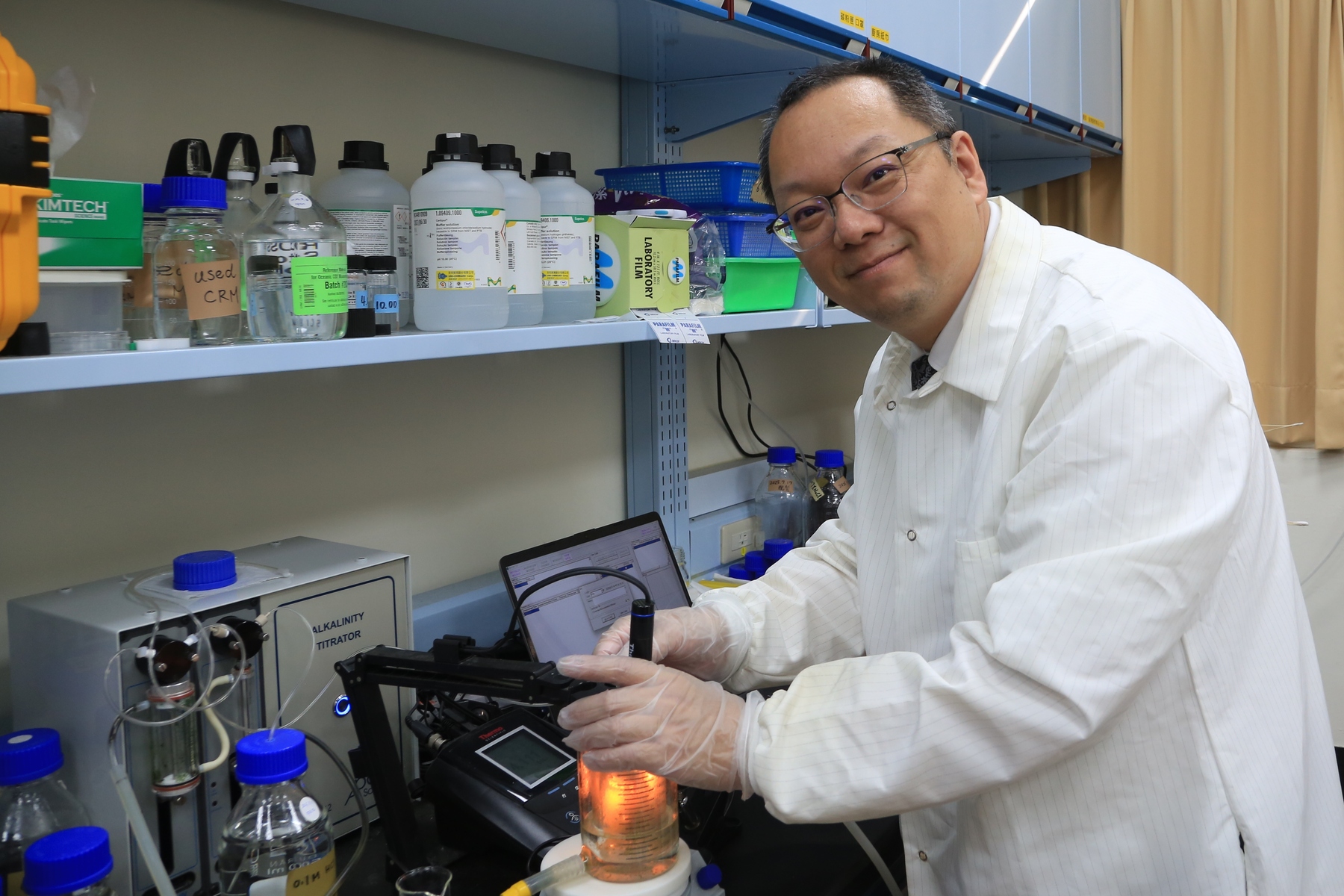
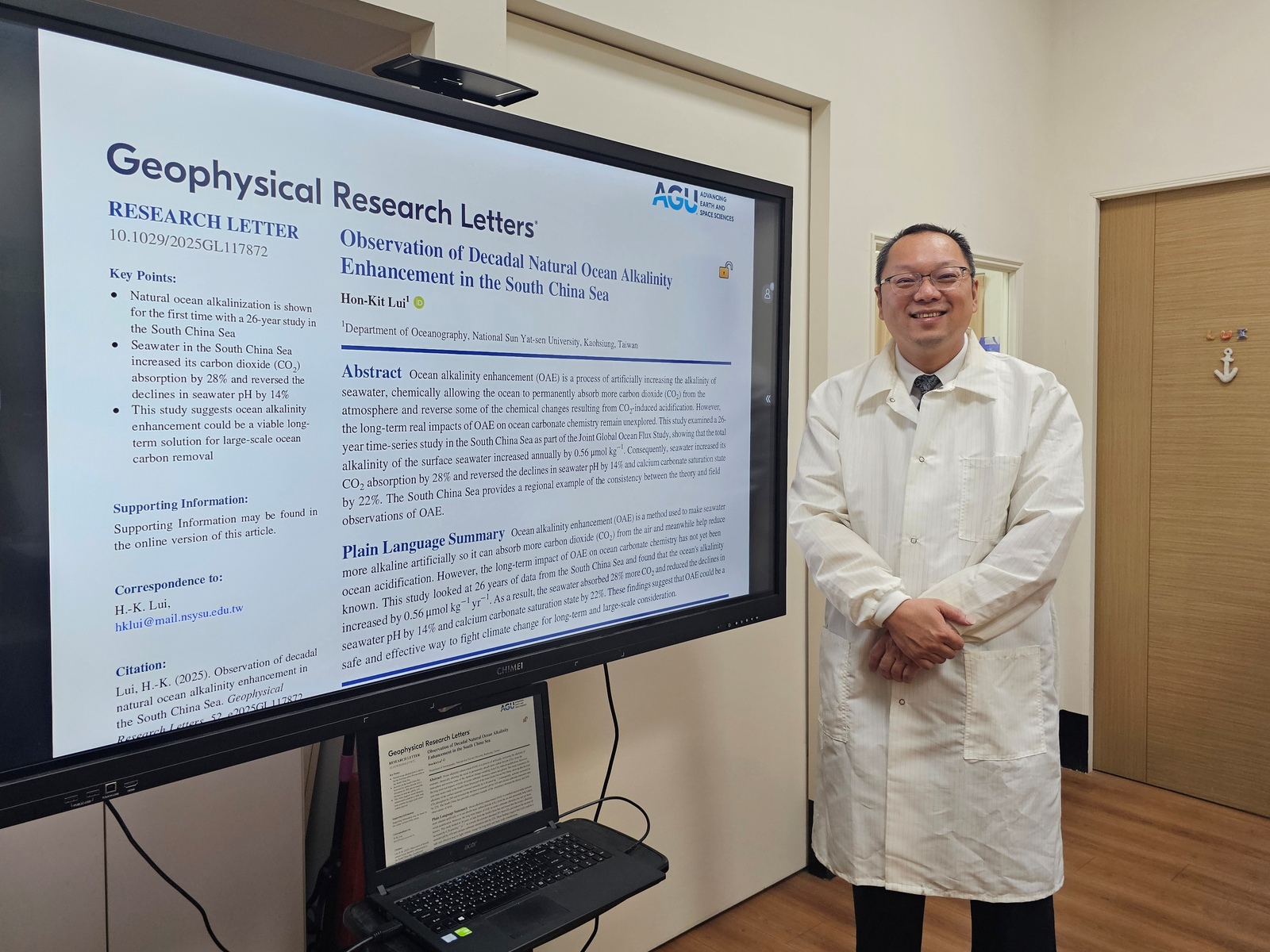
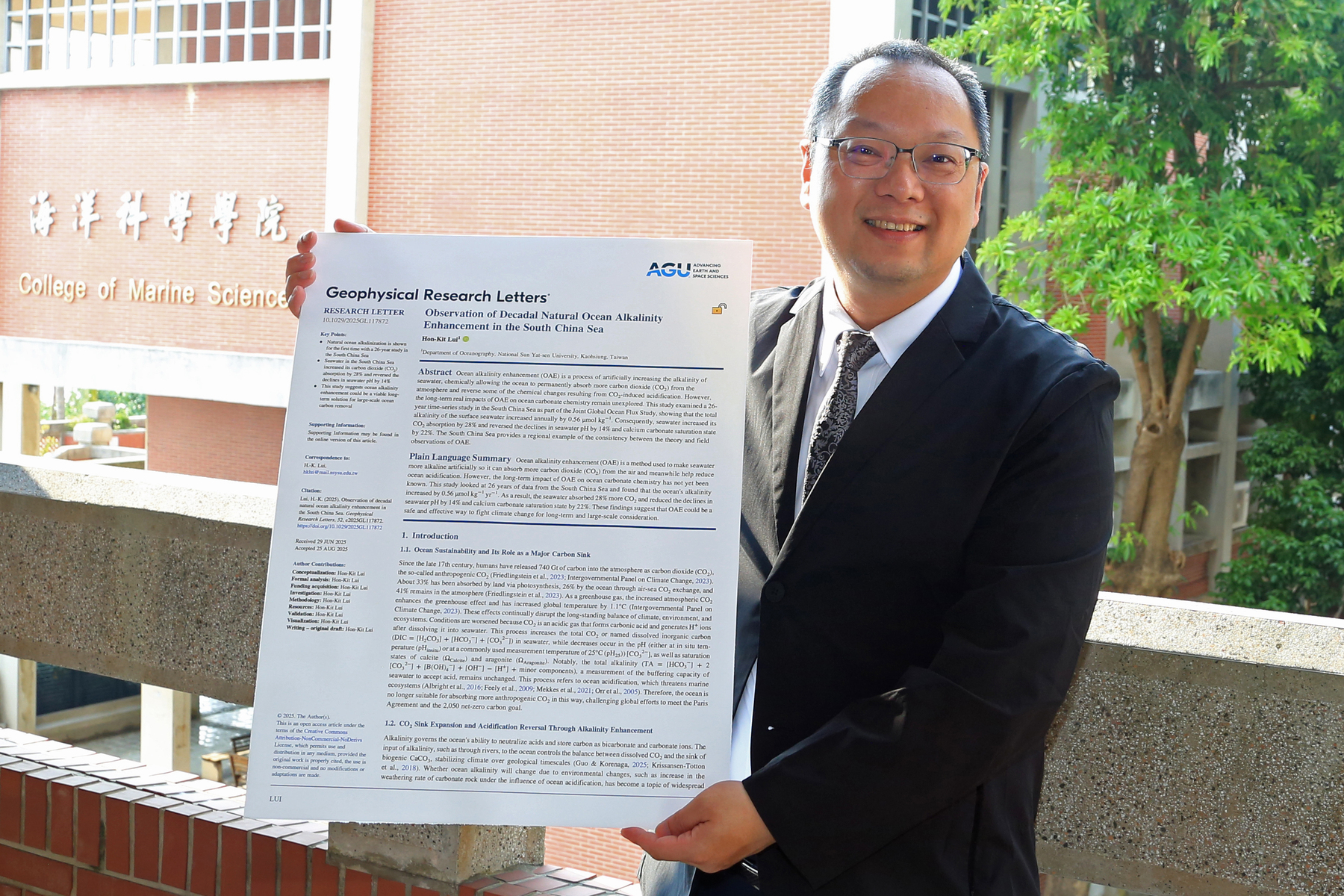
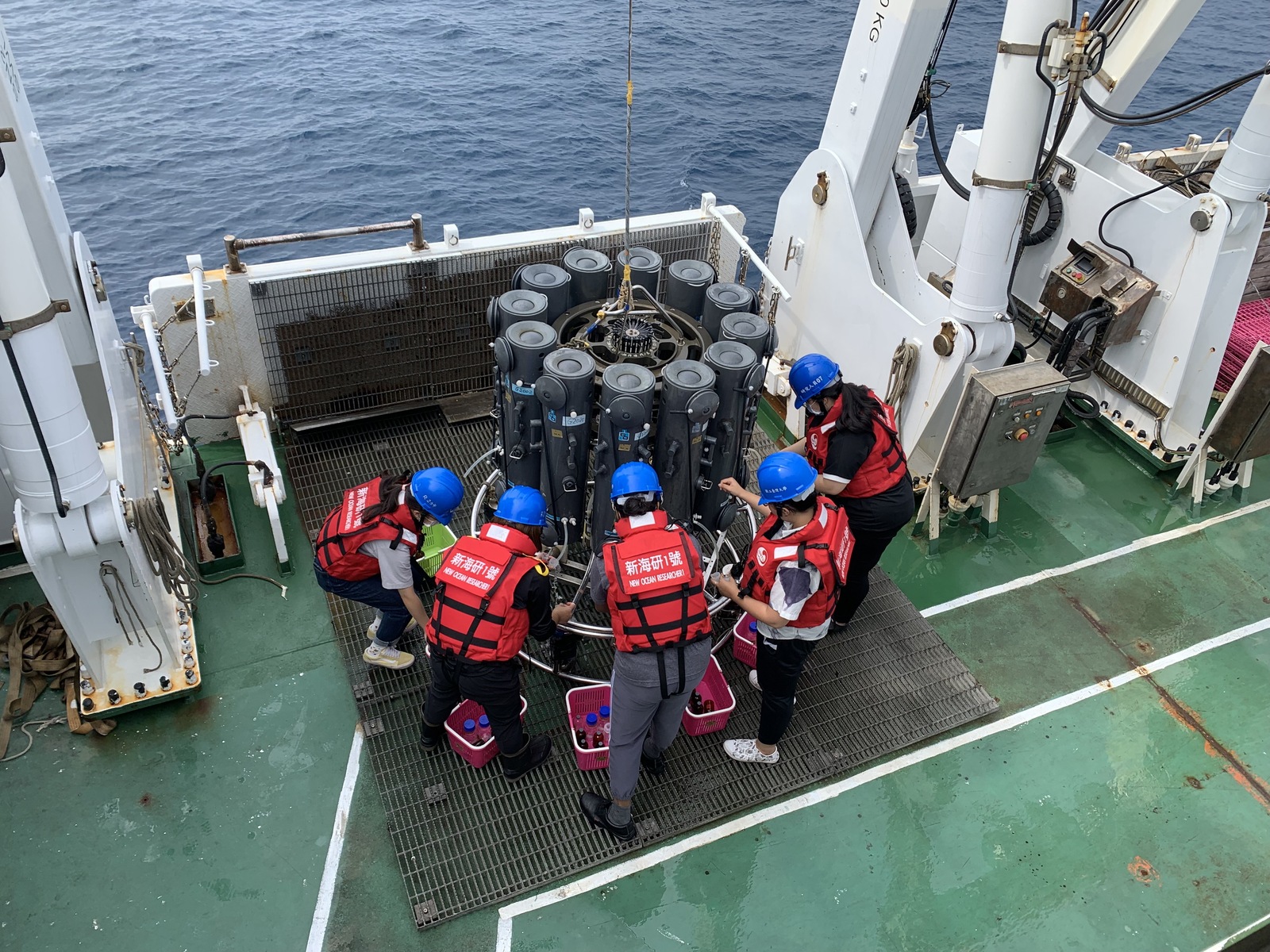
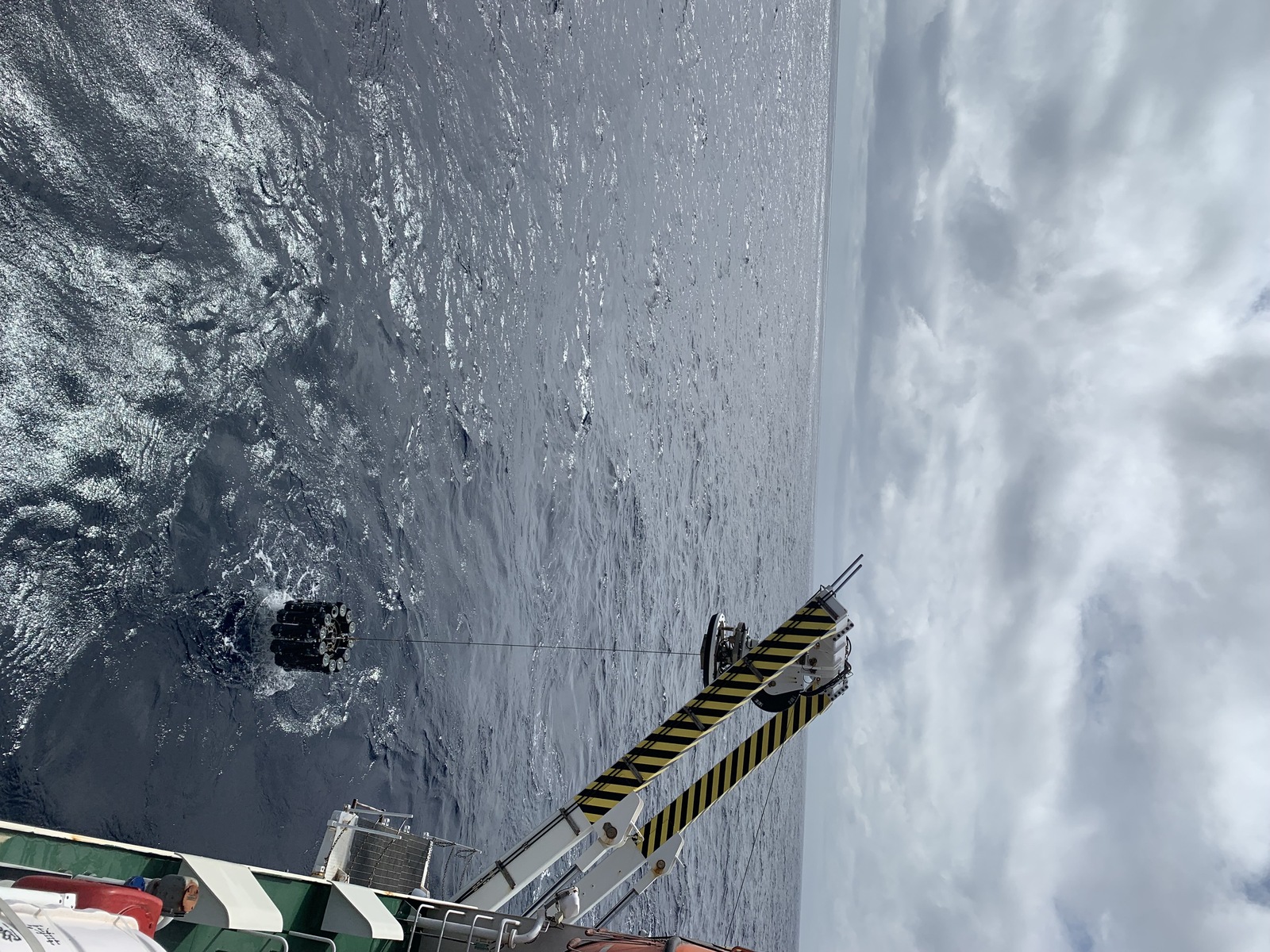
2025-10-30
Ocean acidification may be mitigated through alkalinity enhancement! Assistant Professor Hon-Kit Lui from the Department of Oceanography at National Sun Yat-sen University (NSYSU) analyzed 26 years of observational data from the South China Sea and discovered, for the first time, a consistent increase in seawater alkalinity, confirming the theory of ocean alkalinization. His research indicates that this process can enhance the ocean's carbon dioxide (CO₂) absorption capacity by 28% and reduce the rate of acidification by 14%. This groundbreaking evidence proves that ocean alkalinization contributes to long-term carbon removal, demonstrating the feasibility of artificial ocean alkalinity enhancement (OAE) as a promising climate change mitigation strategy. The study was published in the prestigious journal Geophysical Research Letters.
According to Assistant Professor Lui, since the Industrial Revolution, human activity has released massive amounts of CO₂. The ocean absorbs about 26% of anthropogenic CO₂ through air-sea exchange, but this process causes acidification, posing serious threats to marine ecosystems. In recent years, the Intergovernmental Panel on Climate Change (IPCC) has emphasized that achieving net-zero emissions requires not only reducing carbon output but also implementing "carbon removal" technologies. Artificially increasing seawater alkalinity is one such innovative approach.
"However, artificial OAE has so far remained largely theoretical or limited to small-scale experiments, with few long-term field observations," said Lui. Using long-term data collected since 1999 at the South-East Asia Time-series Study (SEATS) station in the northern South China Sea, his team systematically analyzed indicators such as total alkalinity, dissolved inorganic carbon, seawater pH, and calcium carbonate saturation state. For the first time, they identified a natural increase in alkalinity in this region, capable of offsetting part of the acidification and chemical changes caused by CO₂ absorption. Lui explained that the South China Sea serves as a "natural laboratory," where 26 years of continuous data effectively form a large-scale "OAE experiment" provided by nature itself, offering critical scientific evidence to evaluate the feasibility and safety of OAE for carbon removal.
The study found that the total alkalinity in the surface seawater of the South China Sea increased annually by 0.56 μmol/kg (approximately a 0.03% rise per year), increasing the seawater's CO₂ absorption capacity by 28%, reducing the rate of acidification by 14%, and decreasing the calcium carbonate saturation state by 22%. Lui emphasized that the observed trends align closely with theoretical models, confirming that OAE is not only feasible for carbon removal but also offers the dual benefit of mitigating ocean acidification. These findings provide valuable insights into environmental changes in the South China Sea and serve as a global reference for future carbon removal strategies, paving the way for further research into artificial OAE technologies.
Journal link: https://agupubs.onlinelibrary.wiley.com/doi/10.1029/2025GL117872?af=R
